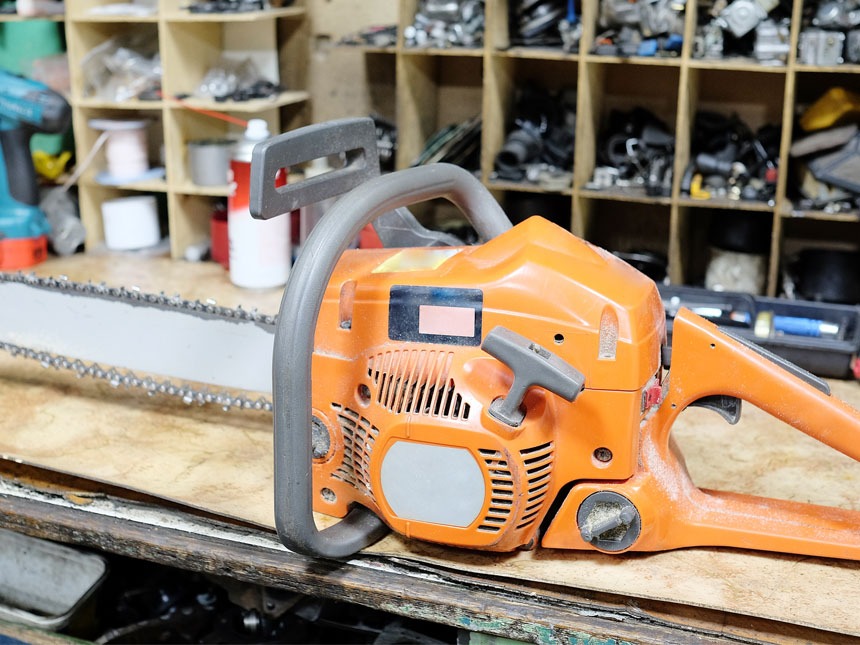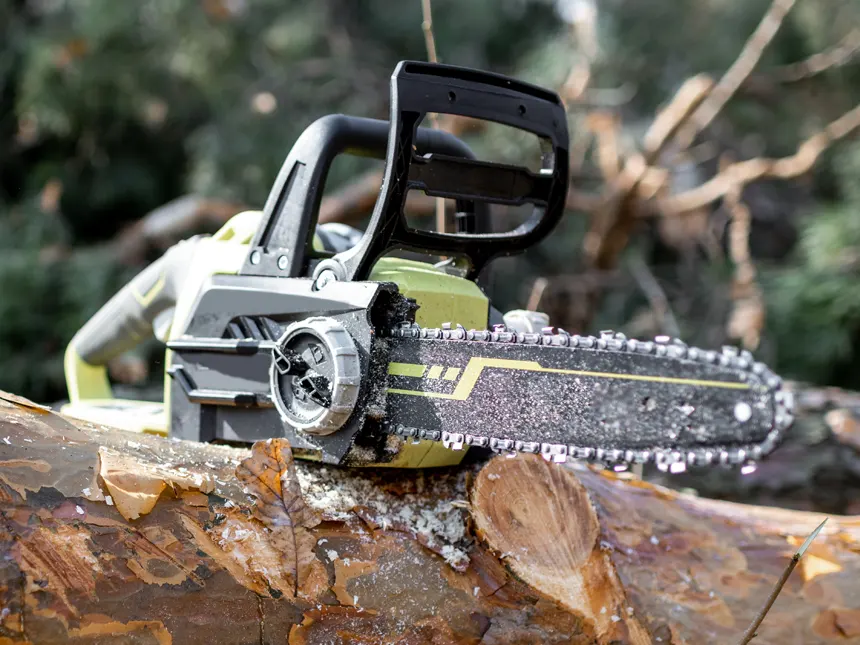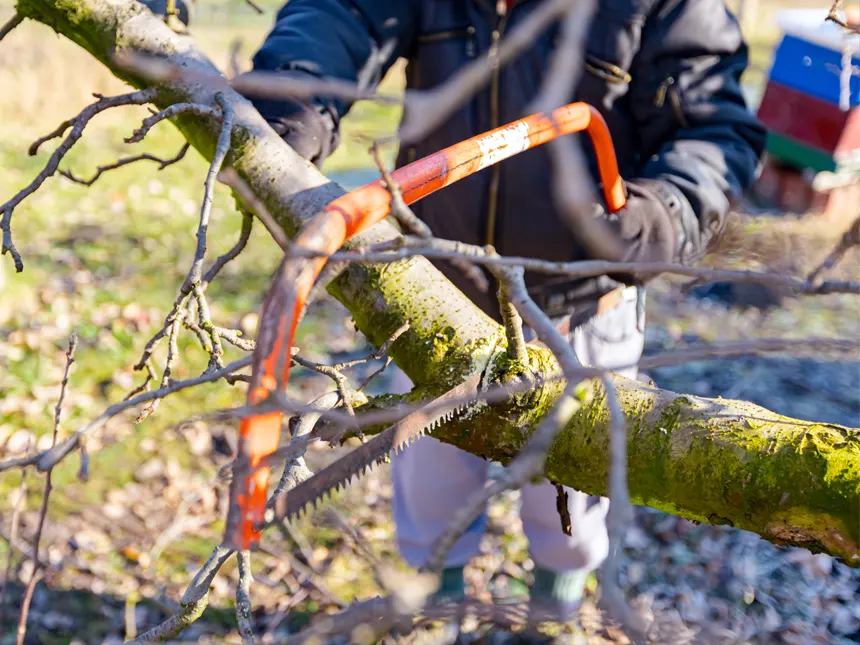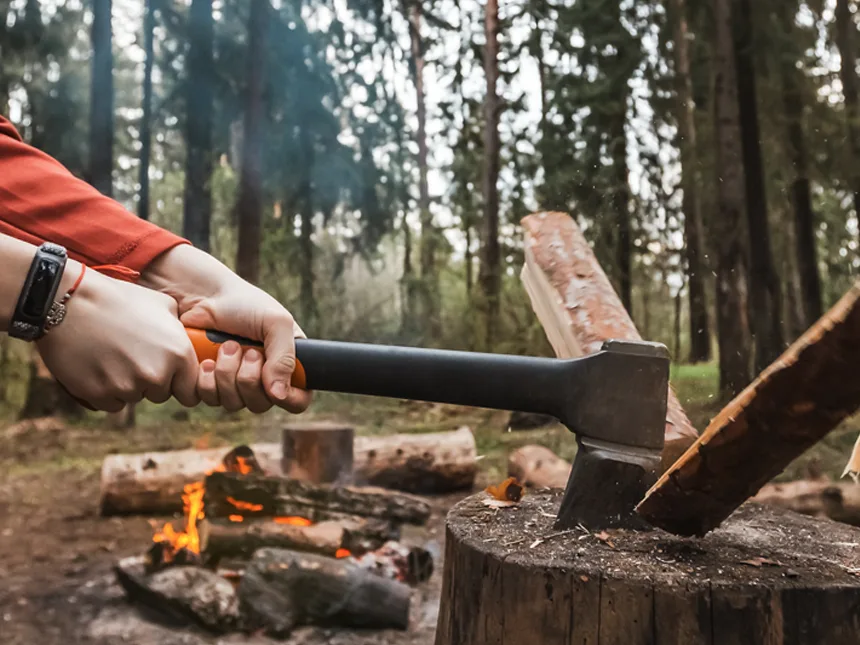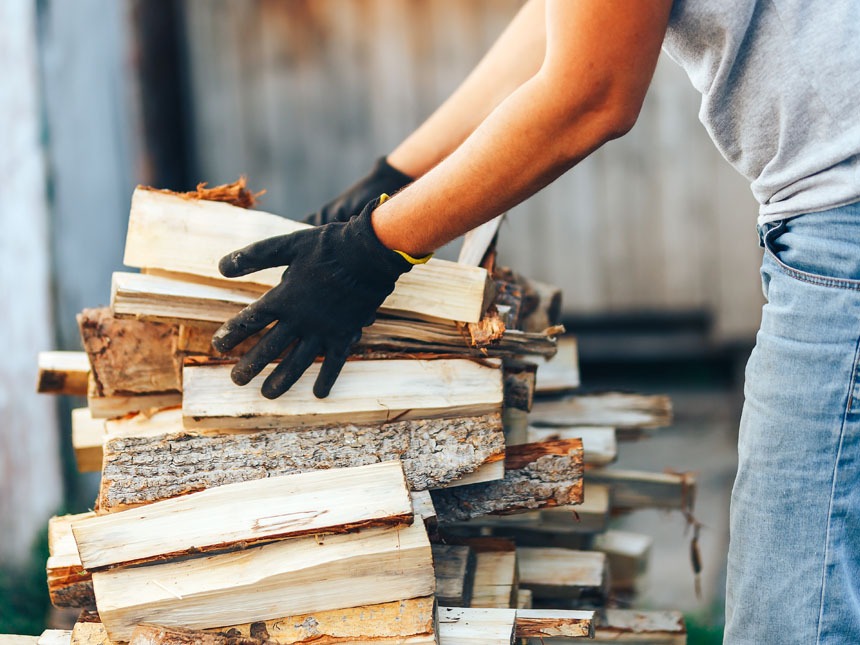5 Best Hand Saws for Cutting Trees
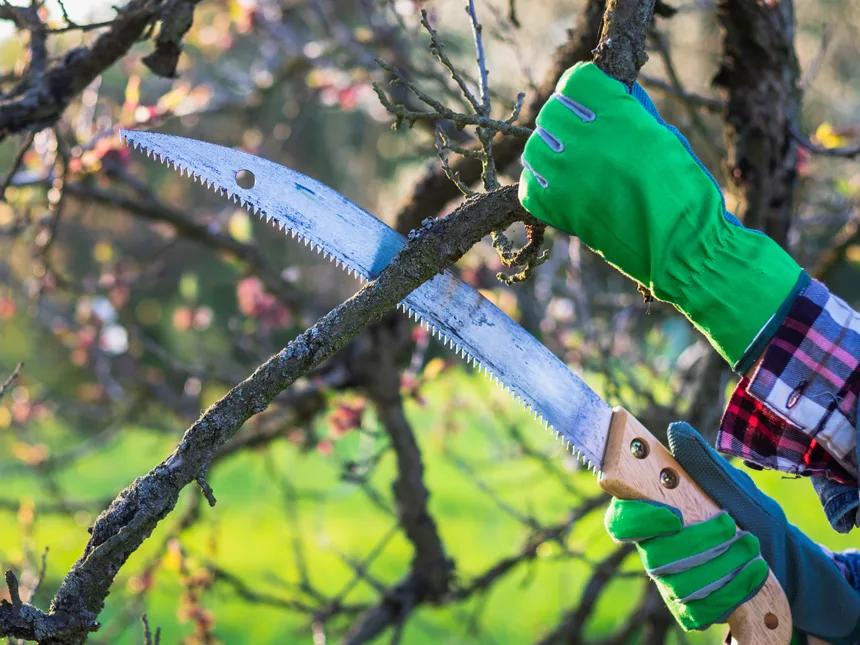
Timber Gadgets is reader-supported. We may earn a commission if you buy through the links on our site.
Whether you’re pruning or cutting dead wood from trees, a hand saw is an essential tool for any aspiring arborist, gardener, or homeowner.
It’s no secret a chainsaw will make quick work of branches but they’re not always the best choice. For light, precision work, a handsaw works best.
Also, It may surprise you to learn that there are many types of handsaws, and they all serve a different purpose. For this reason, it’s important to get the correct type of handsaw for cutting tree limbs.
This article will teach you which are designed for cutting trees. Finally, I’ll compare and review a few of the best handsaws, and give you my personal recommendation. Let’s get started…
Table of Contents
How To Pick The Best Hand Saw
Before selecting a hand saw, it’s good to know what makes one better than another. There are several factors one should consider, and I’ll tell you all about them in this section.
In short, select a hand saw with a curved blade, at least 12-inches in length, with impulse hardened teeth. The TPI or “teeth per inch” should be around 7. I recommend a full-tang blade and having a sheath or “scabbard” is recommended.
The Correct Type of Hand Saw
Selecting the correct type of hand saw is the first step. There are a few types of manual hand saws including bow saws and pruning saws, both standard and folding.
For cutting trees, I recommend a pruning saw. Bow saws are a decent option, but due to their design, you may find them difficult to use. The space between the blade and the bow can keep you from getting a bow saw into tight spaces between branches.
- Curved or straight blade – Most pruning saws have a straight or curved blade. The curve of a blade will allow you to generate more force, making it the better option for trimming trees.
- Teeth per inch (TPI) – The teeth per inch determines how fast and smooth the blade cuts. The lower the TPI, the faster the blade will cut. The higher the TPI, the smoother the finish will be.
- Standard or Folding – Most folding hand saws have a straight blade, but not all. Still, I recommend a standard hand saw over a folding hand saw because they’re more comfortable to use.
I recommend a non-folding, pruning saw with a curved blade with around 7 TPI. The non-folding handle will have a comfortable grip while the curved, 7 TPI blade will generate sufficient force for cutting tree limbs quickly.
Overall Quality
If you’ve bought a cheap, department store hand saw, you know how fast they become useless. Most of them are useless by the end of the year, and their blades aren’t worth sharpening.
For that reason, arborists and those with experience buy saws from only a few different brands because of the quality of materials they use and the process they take in making their products.
- Wood or rubber handle – Both are comfortable but wooden handles seem to be rare nowadays. Most prefer a soft, rubber grip.
- High carbon steel blade – The best blades are made from high carbon steel, which lasts longer than cheaper materials.
- Impulse hardened – The process of heating and cooling a blade with impact energy is known as “impulse hardening.” These blades last up to 3 times longer than others. The downside is that they can’t be sharpened – you need to replace the blade.
I recommend a hand saw with high carbon steel, and impulse hardened blades. The blades will eventually need to be replaced, but they will last a long time. The grip can either be wooden or rubber. Most prefer a soft, rubber grip.
The Price
As usual, the price is a significant factor. I want to guide you in the right direction so I will be upfront about handsaws: Spending a few extra dollars will make a huge difference.
You could save money by going to your local hardware store and buying the cheapest hand saw but you’ll likely find it useless within a year. For this reason, I recommend spending a bit more to get something that will last.
Anyway, most of the products in this review cost around $50. Some are more; some are less. I have one budget option as well, for those of you who want something good but won’t be using it often.
The Best Hand Saws Reviewed
Finally, now that you know the types of hand saws that are best for cutting trees, let’s have a look at the ones I’m personally recommended for you!
We will start with the Silky Zubat – a favorite among arborists.
Silky Zubat
The gold standard among arborists is Silky. Among Silky Saws, the Zubat model is one of the most popular. It’s perfect for forestry and gardening.
Silky began in Kishi, Japan in 1919. Their fame came from two of their saws, “Gomtaro” and “Gomboy.” Their design won a Japanese Good-Design prize. Silky set the industry standard back in the 80s, and they continue to lead the way today.
As for this particular model, it has a full-tang blade and comes in different lengths. A full-tang blade is a blade that extends through the handle. These are preferred because it adds to the stability of the saw. A blade that stops at the handle is not as strong and more likely to break.
As I mentioned, the Zubat comes in different lengths. There are 4 sizes, and you can buy one of several variations on Amazon. In addition to this, they have variations in TPI. Remember, the lower the teeth per inch, the faster it will cut. Higher TPI will cut slower but it will leave a better finish.
This is my #1 recommended hand saw for cutting trees. You won’t be disappointed with the Zubat – it’s loved by arborists, foresters, and gardeners around the world.
Samurai Ichiban
This is one of my favorite tools to recommend. It’s not quite as cheap as my budget option but it’s every bit as good as the other hand saws on the list, and it’s cheaper too.
Many people enjoy the Ichiban saw because of its aggressive tooth design. This, combined with the curved blade, gives it a real advantage when cutting tree limbs.
It’s remarkable how fast this blade cuts, compared to the more expensive products on this page.
Aside from the efficient cutting, it offers the same features as the other hand saws. It comes with a sheath, the blades are impulse hardened, replacement blades are available, and it has a nice rubber handle.
Fanno FI-1700
The Fanno FI-1700 is a 15″ hand saw with a traditional wooden handle and tri-edge razor teeth. Out of all the saws in this guide, this one is the most different. The reason? Well, the wooden handle, of course.
Fanno Saw Works was established in 1920 by A. A. Fanno. It’s a family-owned business in the third generation. Most companies don’t last this long without having quality products. That’s precisely the reason Fanno Saw Works is still around – they have high-quality products and they’re reasonably priced.
This saw is for someone who prefers a traditional hand saw with a wooden handle. Let me point out the most obvious differences between this saw and the others.
The Fanno FI-1700 has a larger blade, both in length and height. This can be good or bad. The extra length means less work sawing but the extra height could make using it more difficult in tight spaces.
Also, it doesn’t come with a scabbard if you buy it from Amazon. You might check other retailers but I believe the scabbard is sold separately.
Notch Legacy
Another top-rated brand is NOTCH. They specialize in making equipment for arborists. So, if any company can design an efficient hand saw for cutting tree limbs, it’s NOTCH.
Everything about this tool is on-point. The teeth are impulse hardened with a tri-edge and the entire blade is full-tang. Moreover, it’s made from SK5 steel.
The rubber handle has a nice, comfortable design and it comes complete with a scabbard. You won’t be disappointed with this one.
Bahco’s Laplander is a popular folding hand saw, especially for bushcraft enthusiasts and survivalists. The reason for its popularity is due to the quality design and value offered for the price.
By the way, this is my budget option. And while the quality of the Bahco Laplander isn’t quite as good as the others, it costs half the price!
As you can see, the length of the blade is a bit smaller than the other hand saws on this page. The reason is that this is a folding hand saw, and the blade has to fit inside the handle.
This can be a good or bad thing. It’s good because the blade folds up and you can put it in your pocket. It’s bad because you’ll have to work harder sawing tree limbs.
The Bahco Laplander is for someone who prefers a folding hand saw and/or someone who wants the cheapest option on the page.
If you’re not planning to take a hand saw camping, I urge you to consider the Samurai Ichiban, too! It costs a few dollars more but the curved, full-tang blade will generate more force in cutting tree branches. With either choice, you won’t be disappointed.
My final recommendation is more of a bonus saw. It comes from the trusted Silky Saws brand, and it’s meant for large jobs.
It has a straight blade and it’s a folding, two-handed saw. This one is capable of cutting large branches. Also, using the impulse hardened blade with 4 TPI cuts fast.
Remember, the lower number of teeth per inch, the faster it cuts. Likewise, it creates a rough edge in comparison to a blade with higher TPI, which cuts slower.
Regardless, having such a large blade will help you accomplish cuts slightly easier because it will take fewer strokes and less effort.
The Silky KatanaBoy is meant for someone cutting large tree limbs, or someone who wants a giant, two-handed folding saw. Let’s be honest; it’s pretty cool.
TLDR; My Recommended Hand Saw for Cutting Trees
I’ll summarize this buyer’s guide by quickly explaining the things that make a good tree-cutting hand saw followed by giving you my personal recommendations.
The best hand saws for cutting trees have a curved blade, around 7 TPI (Teeth Per Inch), a full-tang blade, a comfortable grip, and a decent sheath. Moreover, you want a brand that offers replacement blades.
Most of the saws on this page meet that criterion. My two favorites are the Silky Zubat and the Samurai Ichiban.
- The Silky Zubat is my overall top pick for the best hand saw for trimming trees. It’s a favorite among arborists due its quality and ability to cut quickly while also having a comfortable design.
- The Samurai Ichiban is my next favorite because it rivals the other hand saws at nearly half the price. It’s not my budget option but it’s the 2nd least expensive and it offers nearly the same quality as the more expensive hand saws.
If you want a giant saw, read the review about the Silky KatanaBoy. It’s a large folding saw. If you want the absolute cheapest saw, you won’t be disappointed by the Bahco Laplander.
I hope you found this review helpful and informative. If you have any questions, feel free to ask in the comment section below.







